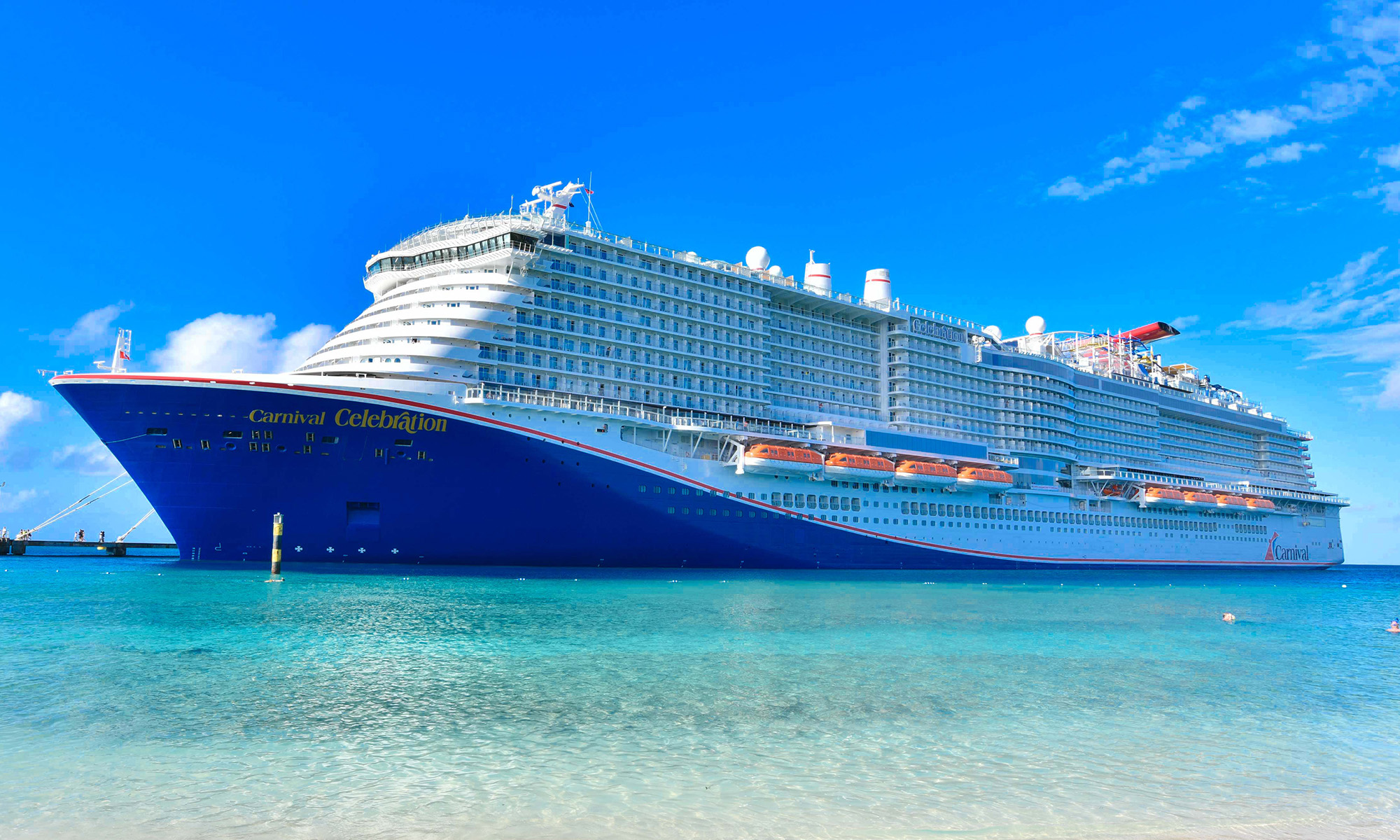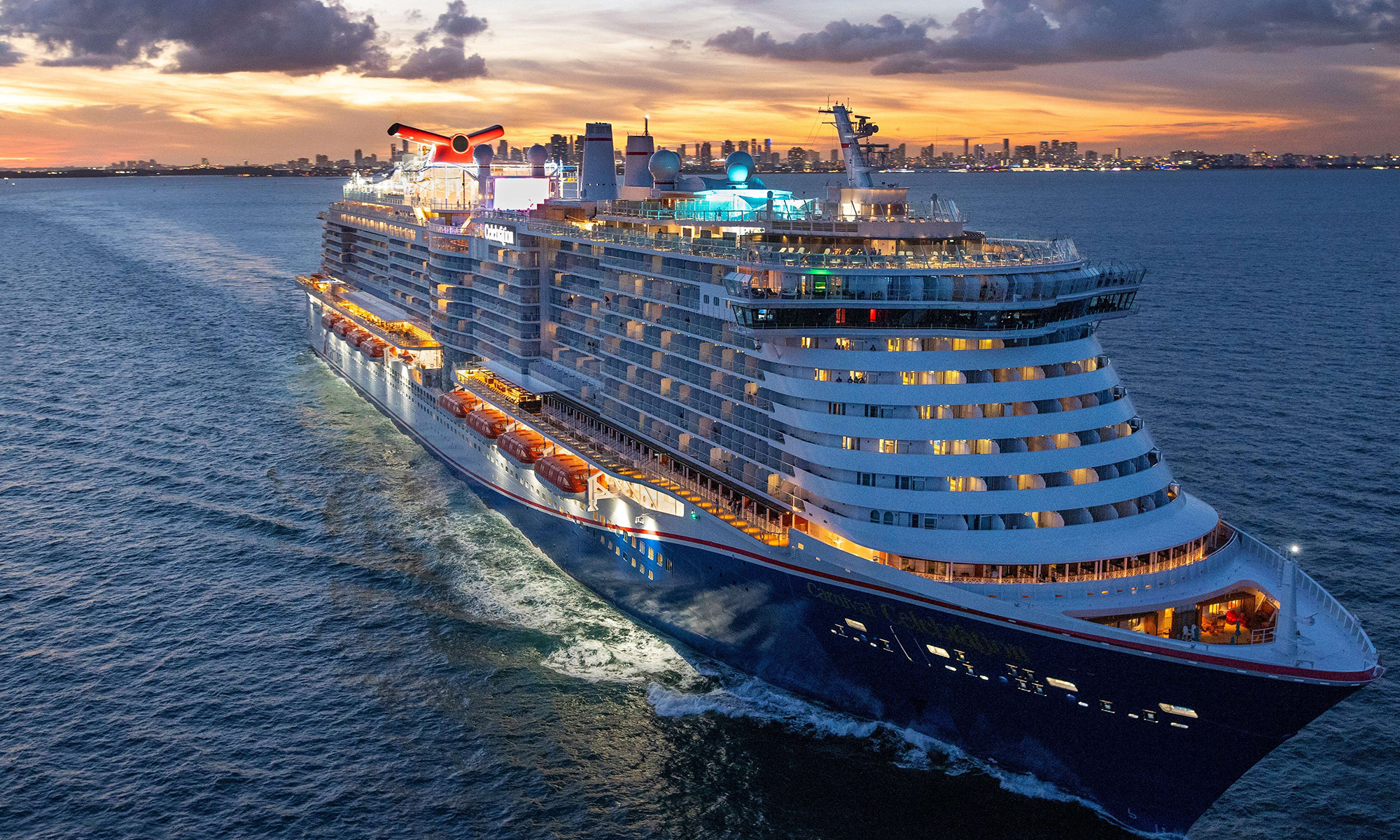Carnival Corporation's (CCL 2.61%) fiscal fourth-quarter 2019 earnings, released on Dec. 20, provided shareholders with some hope that the cruise operator may see a more salutary 2020. As 2019 draws to a close, its shares have appreciated just 4% year to date. Still, last quarter's report, featuring better-than-anticipated results, demonstrated that the company is overcoming external headwinds and building earnings momentum.
During the organization's earnings conference call, CEO Arnold Donald boiled down management's near-term and intermediate-term strategic focus into three themes: demand, supply, and cost control. Below, let's discuss Donald's comments on these earnings keys to grasp how Carnival expects to keep growth on track next year and beyond.
1. Facilitating demand
In a discussion about the current cruise-demand environment, Donald mentioned a phenomenon that many multinational, consumer discretionary service providers are exposed to. The CEO stated: "As a global company, with nearly 50% of our guests sourced from outside the U.S., we are subject to uneven economies around the world. We have a large percentage of our portfolio weighted in regions that are currently challenged and this will remain a headwind in 2020."
This comment highlights a paradox of global expansion. Entering new markets opens sales opportunities and provides revenue diversification, but it also increases the likelihood that in a given quarter, at least one specific geographic region will cause unforeseen headaches. Carnival has grappled with an unexpected decline in leisure-travel demand in continental Europe, especially in the large, robust German market. The company expects this headwind, which shaved $0.30 off 2019 per-share earnings, to continue into 2020.
Donald outlined several methods by which Carnival plans to stimulate customer demand. Most pertinently, the cruise holding company intends to increase its marketing impressions. Beginning in the fourth quarter of 2019 and continuing into fiscal 2020, Carnival is bumping up its marketing and media spends. It's also using data analytics to optimize the use of pricing and promotion to improve bookings in the coming fiscal year.
As for introducing products that will kindle demand, the company is placing no less than six new ships in service in six separate geographic markets in 2020: the U.K., continental Europe, Asia, the Mediterranean, and both U.S. coasts.

Image source: Getty Images.
2. Fine-tuning vessel supply
While placing additional vessels in service at an aggressive pace stimulates demand, new capacity is rarely synchronized with what the retail cruise market can absorb. In other words, while Carnival's six fleet additions in 2020 will capture passenger interest and bookings, some of this may come at the expense of Carnival's existing capacity. And the latest ships to ply the seas will also be vulnerable to any softening of economic trends in 2020.
On the earnings call, Donald observed that "[Carnival builds] 30-year assets and we take decisions many years in advance, fully aware that we can't time the economic cycle that we deliver them into." This comment acknowledges that Carnival's ship additions in 2020 will occur against the backdrop of crimped European demand within a period of potentially slowing global economic growth.
Carnival will increase its capacity by 6.6% in the coming year, but following this, new supply will moderate, and the leisure specialist plans to expand capacity by "just under 5%" in 2021. Donald noted that Carnival is working with its suppliers to moderate the delivery of newbuilds (an industry term for newly constructed vessels), while cutting down the risk of avoidable construction delays. The company is also keeping its capacity growth in check by disposing of older, less-efficient vehicles as completed ships come online.
3. Improving cost-control efforts
If the balancing of demand and ship capacity can seem like a cyclically limiting factor on revenue, productivity improvements enable cruise ship companies to juice net earnings in any environment. Donald illuminated Carnival's recent success in controlling spending levels and trimming costs:
Importantly, we are elevating the guest experience without dramatically increasing operating costs. In fact, we achieved over $125 million of cost savings in 2019 through global sourcing, bringing the cumulative total to over $480 million. These efforts will continue in 2020 and of course our highest responsibility and therefore top priorities are excellence of safety, environmental protection and compliance.
Carnival takes the "environmental protection" priority quite seriously and believes that sustainability efforts build its environmental bona fides while generating cost savings. Carnival notched a 4% reduction in net fuel consumption in 2019 and expects to do the same in 2020.
Sustainability and fuel efficiency are likewise intertwined in Carnival's view. The company was the first in the industry to take delivery of a liquified natural gas (LNG)-powered vessel in 2019 and has 11 more of the cleaner fuel-burning LNG ships on order.
Carnival is testing other emissions strategies that will also benefit the bottom line, including lithium-ion battery storage systems that can power a ship for brief periods of time. Its European AIDA Cruises brand also expects to be the first cruise line to test large-scale fuel cell technology in 2021, featuring hydrogen power derived from methanol.
In closing, Carnival's management team will hone in on its three chosen themes in order to meet the organization's fiscal 2020 adjusted earnings per share (EPS) expectation of $4.30-$4.60 (against 2019's benchmark of $4.40). However, these overarching projects concerning demand, supply, and cost control, if executed properly, should help lift results over a much broader time horizon, as well.






